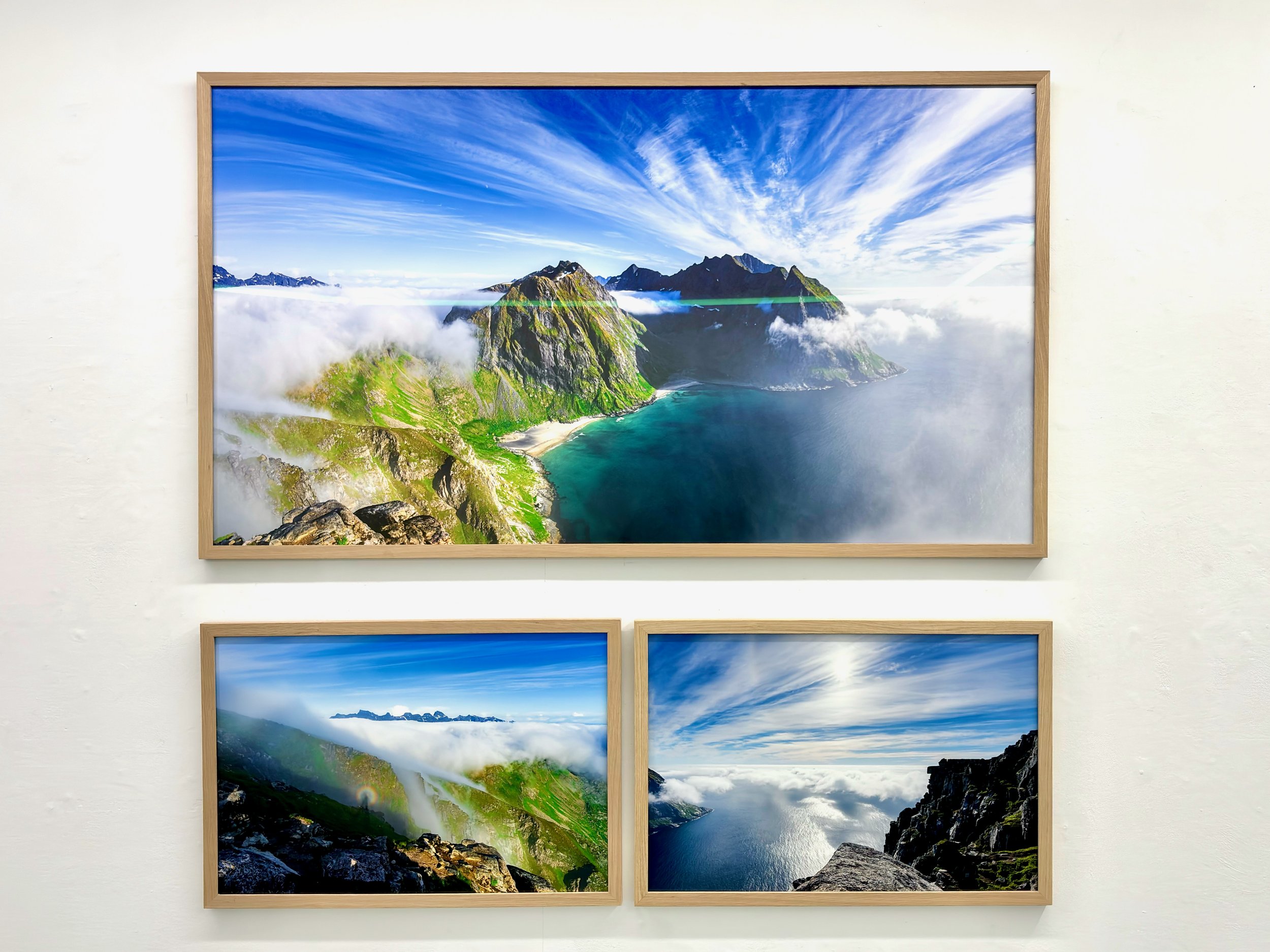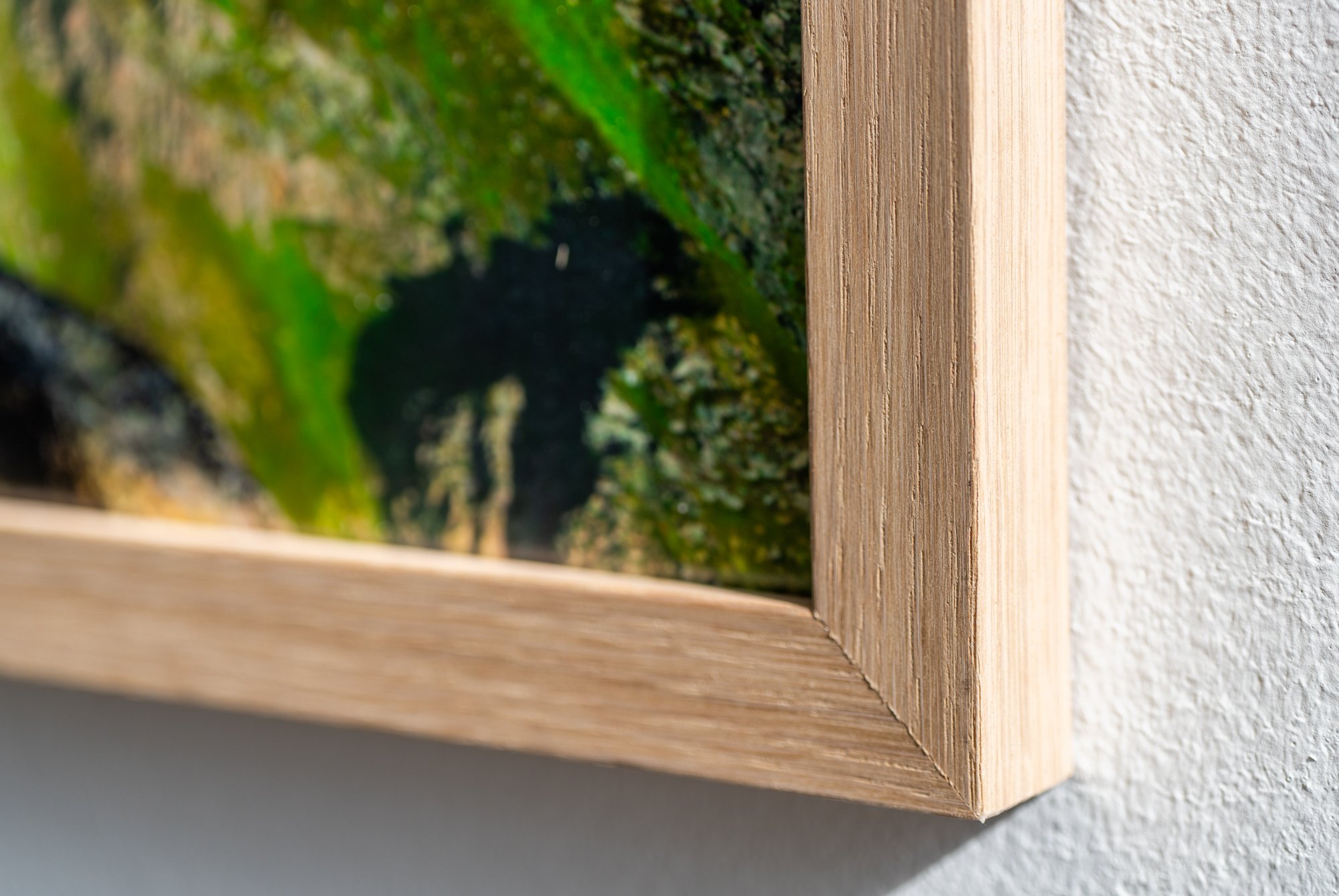 Image 1 of 4
Image 1 of 4

 Image 2 of 4
Image 2 of 4

 Image 3 of 4
Image 3 of 4

 Image 4 of 4
Image 4 of 4





Ryten
The uniquely shaped rocks of Ryten rise at 543 metres above the Norwegian Sea, a body of water which has been proven to affect the country’s mild winters more than the Gulf Stream. Its large heat absorption properties cancel out Norway’s and especially Lofoten’s high latitude, creating the world’s largest elevated temperature anomalies.
It was a warm summer day above the Arctic Circle and the mist on the peak led to the formation of a faint sunbow, one of the many rewards of summiting Ryten.
The uniquely shaped rocks of Ryten rise at 543 metres above the Norwegian Sea, a body of water which has been proven to affect the country’s mild winters more than the Gulf Stream. Its large heat absorption properties cancel out Norway’s and especially Lofoten’s high latitude, creating the world’s largest elevated temperature anomalies.
It was a warm summer day above the Arctic Circle and the mist on the peak led to the formation of a faint sunbow, one of the many rewards of summiting Ryten.
The uniquely shaped rocks of Ryten rise at 543 metres above the Norwegian Sea, a body of water which has been proven to affect the country’s mild winters more than the Gulf Stream. Its large heat absorption properties cancel out Norway’s and especially Lofoten’s high latitude, creating the world’s largest elevated temperature anomalies.
It was a warm summer day above the Arctic Circle and the mist on the peak led to the formation of a faint sunbow, one of the many rewards of summiting Ryten.
Part of my Lofoten: Arctic Flyway exhibition through which I am donating 25% of the proceeds to BirdLife Norway, a wildlife organisation dedicated to the conservation of birds in the archipelago. Lofoten is particularly important as a nesting ground because it facilitates easy access to food and very few natural predators, which makes the islands ideal to raise chicks. BirdLife works with different seabirds and migratory species that are affected by tourism, farming and climate change in order to preserve their numbers. They educate locals and visitors on best practices, wildlife behaviour and on finding solutions as a community.
Printed at dStudio, a multi-award winning, carbon neutral, fine art print studio, on Canson Infinity Platine Fibre Rag 310gsm museum quality paper, finished with a bespoke handmade oak veneer frame and paired with a signed ArtSure certificate of authenticity.